Year-Round Mountain Hiking Techniques: Master Every Season
Chosen theme: Year-Round Mountain Hiking Techniques. Welcome to a trail-tested guide for hikers who chase ridgelines in snow, sun, mist, and moonlight. Learn adaptable skills, avoid seasonal pitfalls, and share your own hard-won lessons—subscribe to grow with our mountain-loving community.
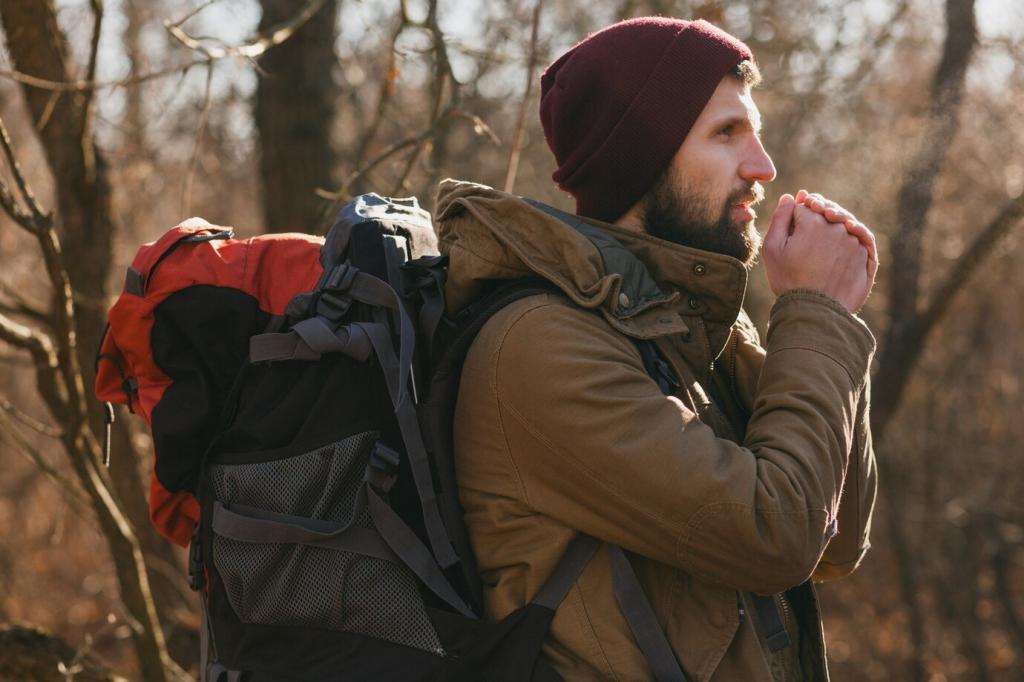
Seasonal Strategy: Adapting Techniques Across the Year
Use microspikes on packed trails, switchbacks for control on icy slopes, and trekking poles with snow baskets to steady your cadence. Shorten your stride, kick steps deliberately, and guard daylight carefully. Share your favorite frozen-switchback tactics in the comments.

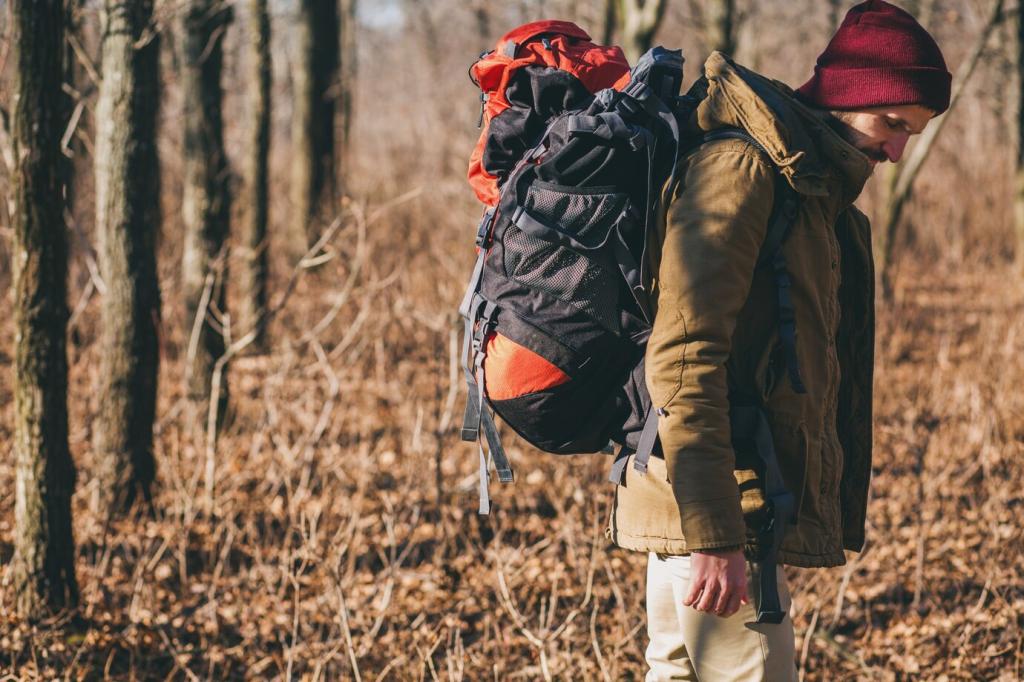
Seasonal Strategy: Adapting Techniques Across the Year
Expect breakable crust, deep mud, and cold, swollen creeks. Pack gaiters, practice rock-hopping line selection, and probe snow bridges before committing. Carry spare socks, keep feet warm, and note how snowpack lingers on north aspects longer.
Layering and Gear Systems for All Conditions
Choose a wicking base layer, an active-insulation mid like gridded fleece, and a windproof or waterproof shell. Vent with zips, dump heat before sweating, and add a puffy instantly during breaks to prevent chill.

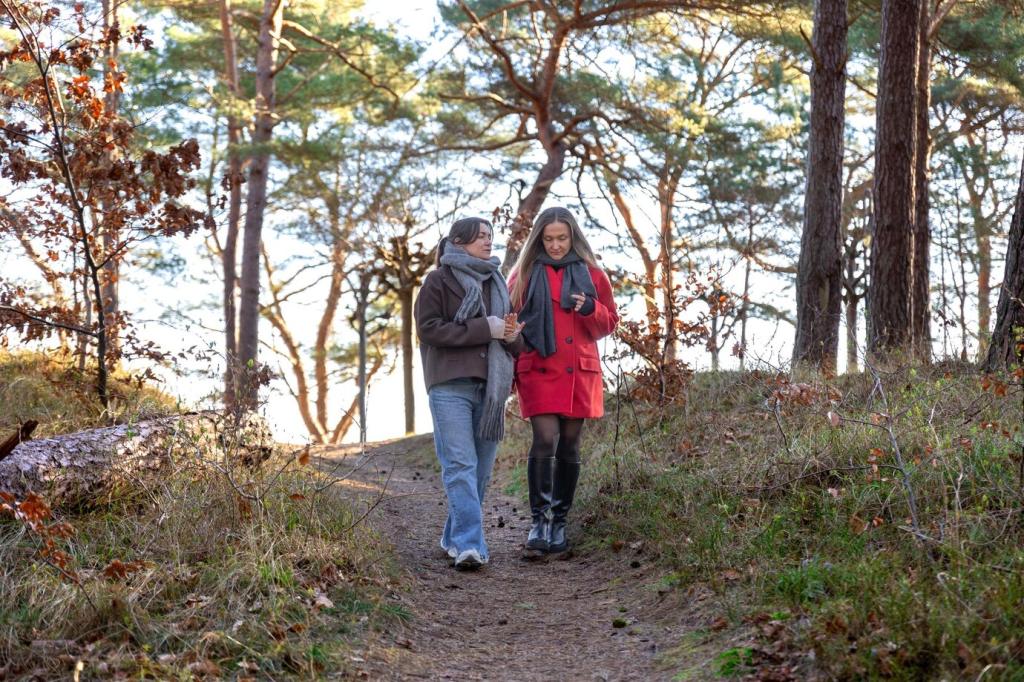
Layering and Gear Systems for All Conditions
In winter, insulated boots with stiff soles pair well with traction. Warm months favor breathable hikers or trail runners, plus moisture-wicking socks. Test fit with swollen feet and bring leukotape for hot spots.
Terrain Skills: Rock, Snow, and Mixed Surfaces
Scree and Talus Footwork
Keep hips over feet, plant deliberately, and test holds before weighting. Zigzag across unstable slopes and avoid bowling rocks downhill. Trekking poles can help balance, but prioritize three solid contact points for confidence.
Snow Travel: Traction and Self-Arrest Basics
Know when microspikes suffice and when an ice axe is essential. Kick steps with toes, edge with heels on descent, and practice self-arrest on safe slopes. Manage runout hazards like trees, rocks, and creek beds.
Wet Slabs, Roots, and Moss
Place feet on textured rock, not lichen or moss. Shorten stride, keep knees soft, and step onto dry edges. In forests after rain, use roots as stairs, not rails, and maintain a calm, rhythmic pace.
Map, Compass, and GPS Redundancy
Carry a paper map in a waterproof sleeve, a reliable compass, and a fully charged GPS or phone with offline maps. Mark bailouts and handrails, and verify your position at every major terrain feature.
Reading the Sky and Local Signs
Learn wind shifts, cloud families, and pressure trends. Ridgetop flags signal strong gusts; fast-rising cumulus warn of storms. Track snowpack clues, sun crust timing, and glide cracks before committing to long traverses.
Turnaround Times and Bailout Logic
Set a firm turnaround time and stick to it. Identify escape gullies, forest roads, or lower ridges in advance. Share a story about a smart turnaround—those choices teach more than summit photos.
Fitness, Acclimatization, and Recovery
Blend uphill intervals, strength for hips and calves, and long aerobic days. Add loaded step-ups when trails are icy. Track progress weekly and taper before big efforts to arrive fresh and confident.
Fitness, Acclimatization, and Recovery
Ascend gradually, sleep low if possible, and hydrate well. Watch for headaches, nausea, or unusual fatigue. Take active rest days with light hikes and share your acclimatization schedules with readers planning their first high routes.
Fitness, Acclimatization, and Recovery
Refuel within an hour, rehydrate with electrolytes, and elevate legs to reduce swelling. Gentle mobility before sleep helps stiffness. Comment with your favorite recovery meal and how it changes between winter and summer.

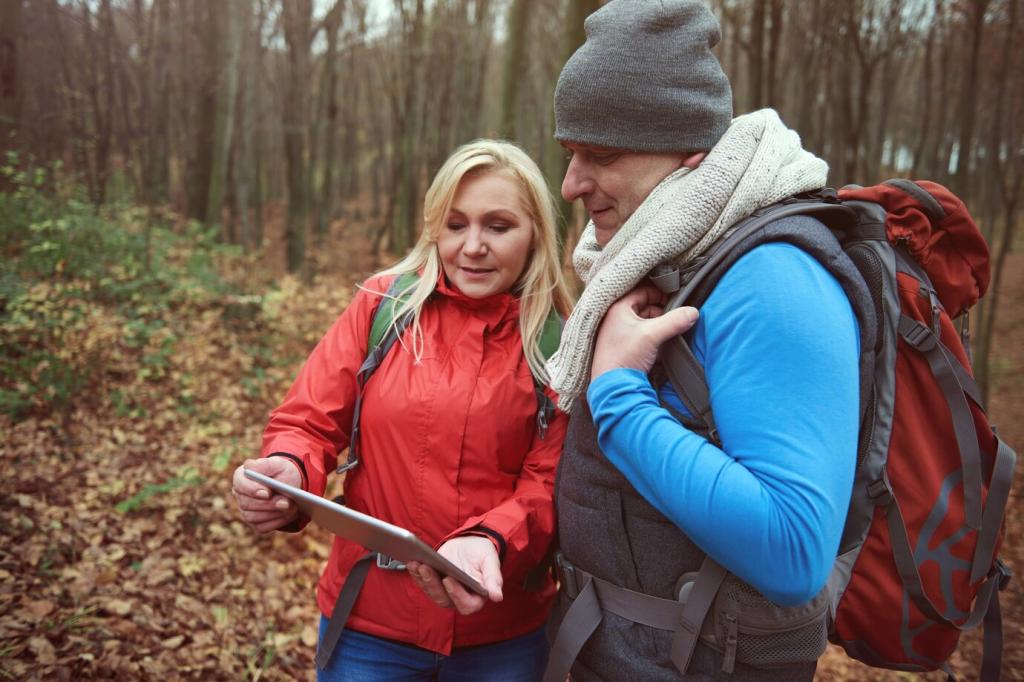
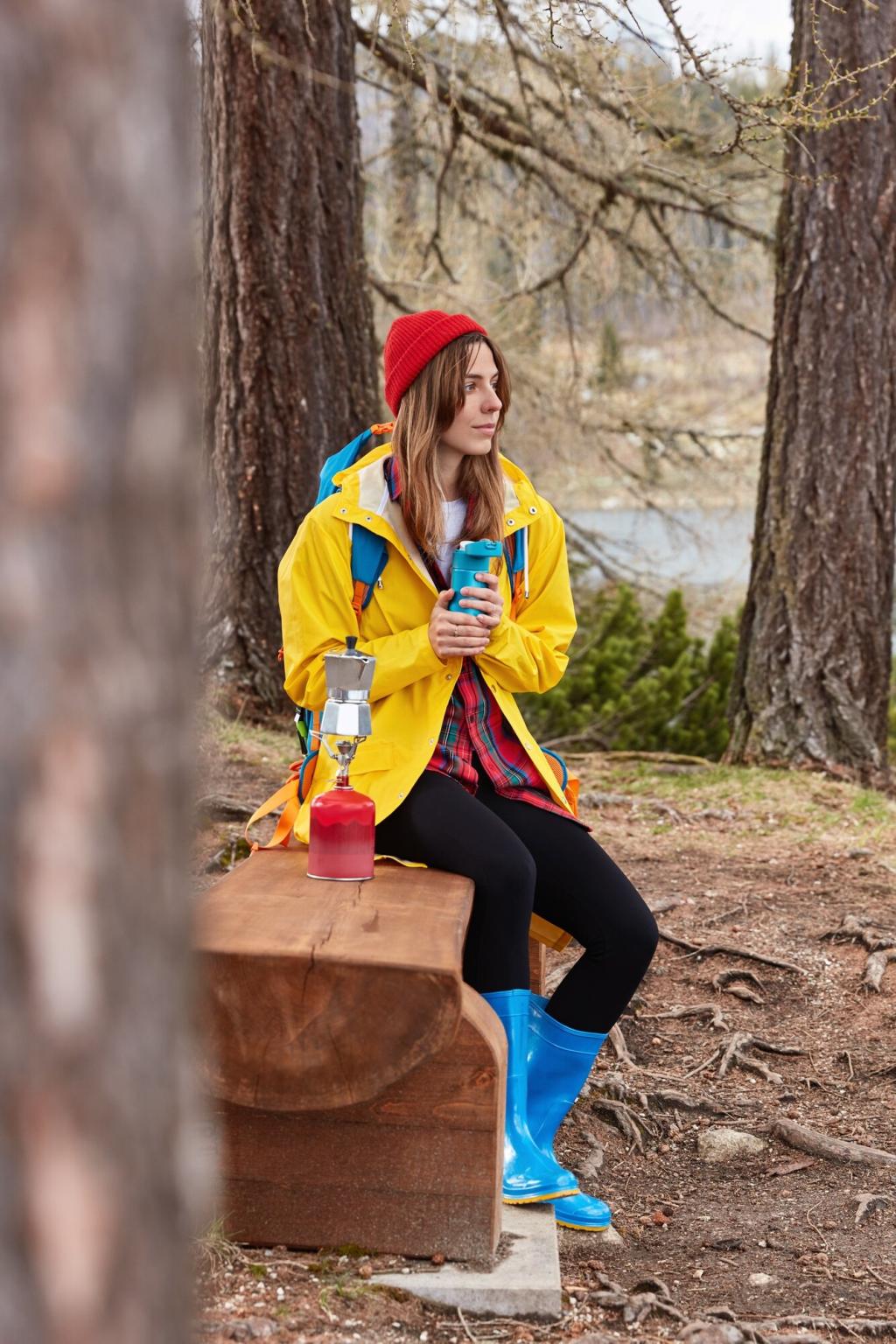
Safety, Ethics, and Community
Check avalanche forecasts, understand layers and aspects, and avoid terrain traps after storms or rapid warming. Even on hiking routes, shoulder-season snow can slide. Take a course and practice companion rescue regularly.
Safety, Ethics, and Community
Protect fragile tundra by staying on durable surfaces, even when snow patches tempt shortcuts. Pack out microtrash, manage human waste properly in winter, and respect wildlife closures. Invite others to model these habits.
